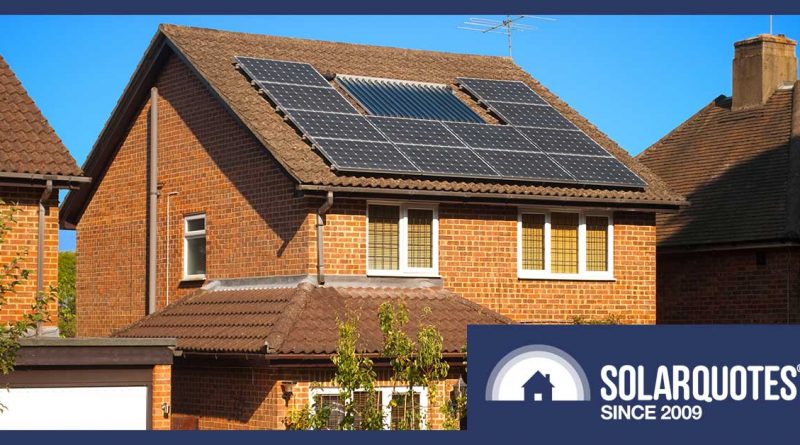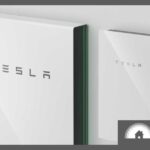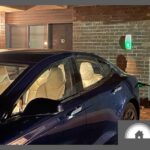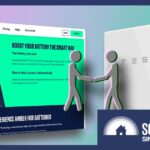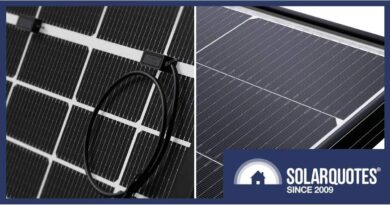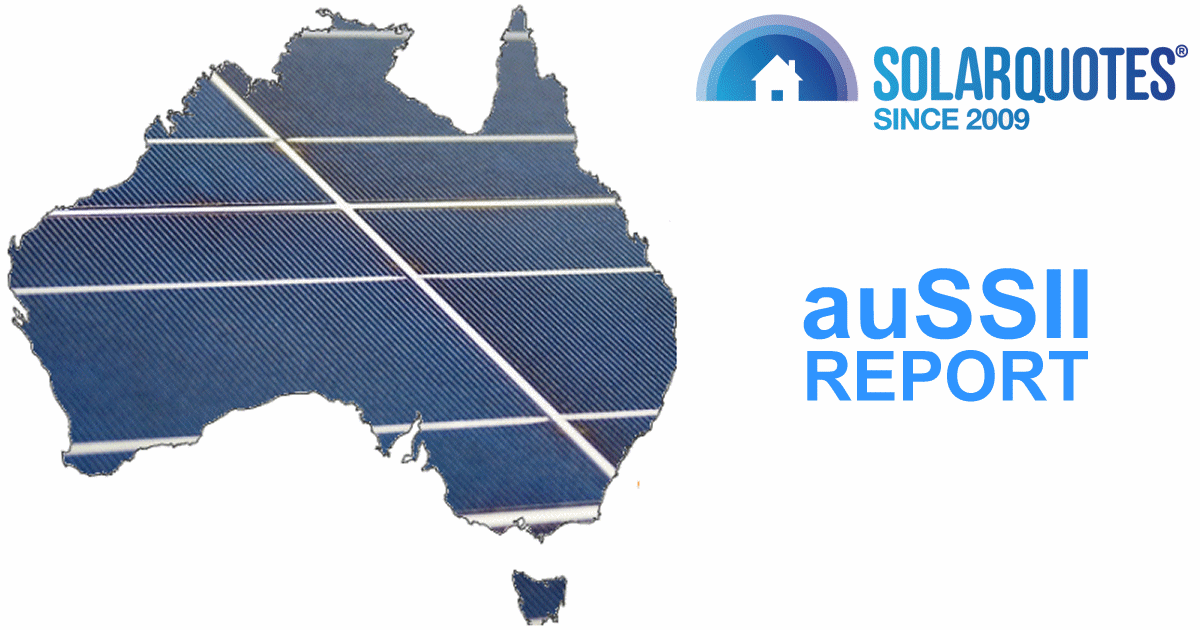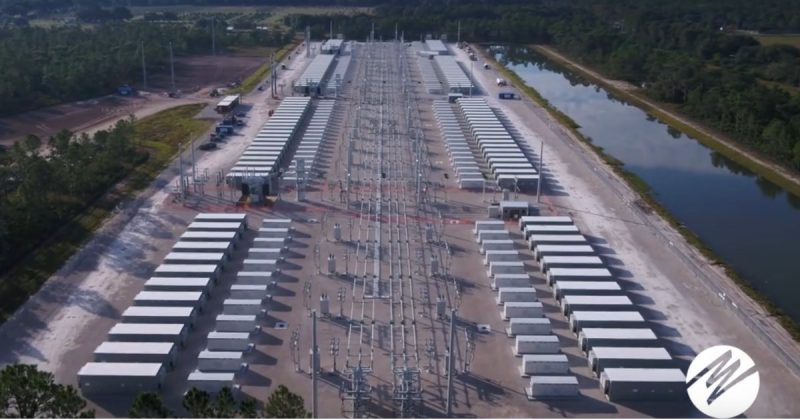I’ve Seen The Future And It’s Tesla’s New UK VPP
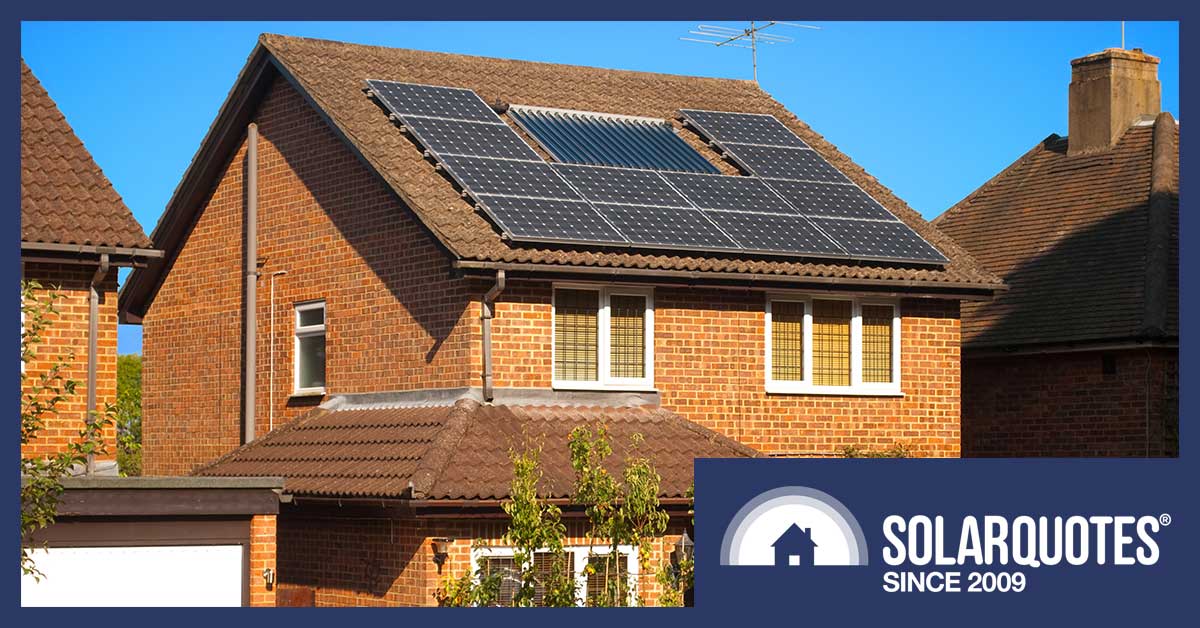
Late last month Tesla, in partnership with electricity retailer Octopus Energy, announced a new Virtual Power Plant (VPP) in the UK. Interestingly, Tesla’s UK VPP is a much simpler proposition than Tesla’s Australian VPP.
Tesla’s UK VPP offers both a cheap usage tariff (11 pence per kWh) and a generous feed-in tariff (11 pence per kWh) for Pommies who have solar and at least one Powerwall installed on their homes. The VPP also comes with no daily charge which is refreshing, but it does not give any discount on the Powerwall.
In contrast, Tesla’s Australian VPP offers a 31.13 c per kWh usage tariff, a 10c per kWh feed-in tariff plus 19.8c/kWh “grid charging credit” when the battery is discharged in times of grid demand. It has no daily supply charge and if you sign up you get a $2,200 discount off a new Powerwall.
Lots of Brits are crowing about Tesla’s VPP on Twitter and elsewhere, but I’m not sure anyone has realised quite how profound the UK deal is.
After I was initially confused by the offer, it quickly dawned on me how clever this VPP is and how it appears brilliantly designed to further Tesla’s ultimate purpose: to accelerate the adoption of sustainable energy.
Tesla Car Owners Get A Lower Feed-in Tariff
I was initially confused by the fact that Tesla car owners earn a different feed-in-tariff to non-Tesla drivers. Non-Tesla car-owners on the VPP pay 11 pence to buy electricity from the UK grid and earn 11 pence if they sell energy back into the grid. Tesla car-owners pay 8 pence for grid electricity and earn an 8 pence feed-in tariff.
That’s what confused me. Hang on? Why are they penalising Tesla drivers with a less generous feed-in-tariff?
Then it dawned on me.
Tesla Has Made Its UK VPP Super Simple
The most important feature of this VPP is that the feed-in-tariff is the same as the usage tariff. In other words: when selling into the grid you get the exact same rate as when buying from the grid.
This is tariff nirvana for solar lovers. The holy grail.
It means you can stop worrying about when you use your solar energy. You can stop worrying about your self-consumption ratio. You don’t need to invest in home automation, PV diverters, controlled loads, fancy tariffs that follow the wholesale price or any of that complicated stuff.
I am not a fan of how Tesla has conducted itself on many occasions over the past decade – if you want to be regaled with tales of me battling their old PR rep, buy me a pint someday. But I’ve gotta take my hat off to them – they’ve transformed solar and batteries into a simple proposition for the British homeowner:
They can now promise potential customers:
If you have a Powerwall, and you want a $0 bill, then all you have to do is install enough solar to cover your gross usage.
In Australia, this is how the cowboys often sell solar. They know how much energy a solar system should generate in one year. They ask how much energy you use in a year. If your system can generate as much solar energy as you use, they promise you’ll have $0 bills. In Australia that is bullshit because the retail price of electricity is about 30c and feed-in tariffs are 10-15c. Also, you have a standing charge of about a dollar a day.
But Tesla’s UK VPP has no standing charge and the feed-in-tariff matches the usage tariff, so British Powerwall owners can now legitimately, quickly and confidently size their solar systems this way.
Unlike any other VPP I can think of, it encourages big solar with a modest battery; which is how it should be1.
How To Zero A British Electricity Bill With Tesla’s VPP
The average Pommie uses only 11 kWh per day. That’s because they mostly use gas for heating and air conditioning is rare.
A solar system in my old hometown of York can expect to get about 2.8 kWh of energy for every kW of solar installed. So 4 kW of solar will generate about 11 kWh per day on average. Add a couple of solar panels on top, compensating for any battery inefficiencies, and that should zero out an average bill on Tesla’s UK VPP.
A VPP that encourages you to buy more solar – that’s smart. And even better: you don’t have to buy your solar power system from Tesla2.
When You Get An EV, Simply Add Solar To Cover All ‘Fuel’ Costs
If that household has a couple of electric vehicles (EVs) that drive a total of 17,000 km per year, they’ll need about 3000 kWh per year extra for ‘fuel’ – about 8 kWh per day. That’s an extra 3 kW of solar. So a 7-8 kW solar system on a roof in the UK with the Tesla VPP should give a close-to-zero dollar bill and fuel 2 EVs to boot.
That’s gonna be a £25,000 – £30,000 investment. Those two EVs should save the household around £1,300 on fuel and maintenance annually. The solar and battery should save about £700 on electricity per year. So the solar and Powerwall should have a simple payback of roughly 15 years.
That kind of payback period will appeal to early adopters who are rich and can pay cash, or those with a good credit rating to take advantage of cheap loans.
But the profound thing is not the cost in 2020 – it’s that Tesla’s UK VPP is showing us what residential energy plans will look like in the future.
By 2030 solar will be 70% cheaper and batteries 80% cheaper3. So by then, the solar and battery system to cover an average house with electric cars will be closer to $10,000 GBP. I think consumers will consider that a bargain for all their electricity and ‘fuel’ going forward.
Over the next decade, if you own a modest-sized battery and a large solar system, you probably won’t have to pay for electricity or fuel. Smart energy companies – such as Tesla and Octopus will absorb the complexity of the energy markets and show the consumer a really simple offer like the one they’ve just launched in the UK4.
Companies that try and push complexity onto the consumer – by for example exposing them to the constantly changing wholesale prices – or putting them on exorbitant demand tariffs in exchange for cheap off-peak tariffs – only appeal to tech-savvy early adopters (who love complexity because it shows how plugged into the future they are). Mass adoption requires simple and predictable plans. Australian electricity retailers must urgently simplify their offers if they want to compete over the coming decade.
Footnotes
- Coincidentally at the same time that Tesla released their UK VPP, Tony Seba through his RethinkX organisation released a really interesting report that argues the most cost-effective way to get to 100% solar, wind and batteries is to throw out the conventional wisdom and massively ‘overbuild’ renewable generation to reduce the number of batteries required. ↩
- While Tesla’s batteries and cars are excellent, in my opinion the way they currently sell solar leaves a lot to be desired – as I may detail in a future blog post. ↩
- According to Tony Seba – whose track record is excellent. ↩
- When you consider how long and miserable the winter is in the UK, it is very impressive that they can make this offer work. ↩
Original Source: https://www.solarquotes.com.au/blog/tesla-uk-vpp/

